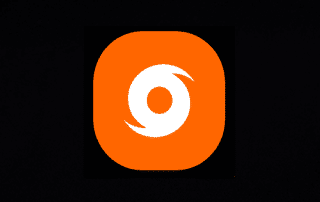Television Technologies – Competitors for the Future
Tube or CRT TV suited the requirements for decades of viewers. LCD and plasma came along in recent years. These newer entrants in the marketplace provide a slim design and the capacity to enjoy a theater like experience with enormous screens which do not need an entire room for setup.

OLED
OLED is the acronym for organic light-emitting diode. The technology can be used for TV and sources and was originally developed years. Sony is just one. Images are made through the properties of specific materials. No light is expected in an OLED television. Along with television, OLED might be used on small screens MP3 players, mobile phones and digital cameras.An OLED TV will use less electricity than the typical LCD television. They offer a range of brightness and color in addition to a broader viewing angle. These televisions are thinner, lighter weight and more durable. The disadvantage to a television in this period is their life. The longevity of a few of the LEDs is only 3,000 to 5,000 hours at this moment. Once technology improvements are made, it is anticipated that OLED televisions will have a lifespan that was more aggressive.
SED
SED is a surface conduction a tech being pursued by Toshiba and Canon, display. SED works to a CRT screen and uses an electron emitter for each subpixel. Unlike a CRT TV SED gives a display that is thinner and thinner.An SED TV is said to have a long working life with just a 10% decrease in emitters following 60,000 hours. They have brightness and excellent contrast ratio and use less power. Unlike LCD, an SED TV does not experience lag and provides a 180 degree viewing angle. At risk for burn an SED television might be like plasma sets.
Laser based Television
Mitsubishi may be unveiling its Laser based HDTV versions by the year’s end.The TV is a slimmed Down projection model that will rival the space saving design of LCD and plasma displays. Said to be only 10 deep they should not be too imposing in any area. It is anticipated that they will be lighter in weight, due in part to their lightweight display versus glass. According to the producer, other features include improvements in image quality. These sets are believed to offer blacker blacks and better content compared to current technology. Additionally, this laser based typhoon tv consumes power and is expected to be priced well below that of LCD screens or plasma.
FED
FED TV is said to operate more like a CRT set but provides the flatter screen like plasma and LCD. They utilize a more efficient emitter and may therefore create a higher resolution image than an LCD, use considerably less electricity than a plasma screen and display rapid movement without blurring.